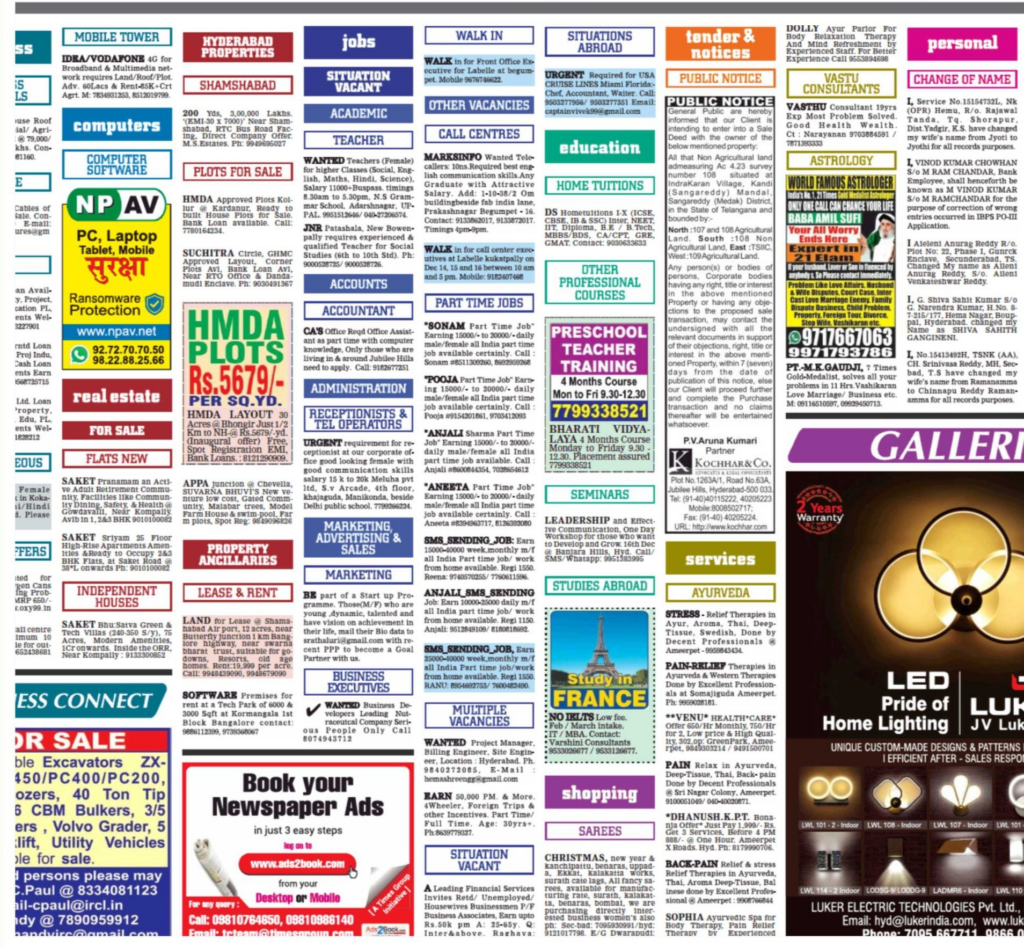In an era where digital media continues to ascend, the tangible allure of print advertising, particularly in newspapers, maintains a unique value proposition for marketers. Despite the surge in online platforms, newspaper advertisements offer a distinct blend of credibility, targeted reach, and engagement that digital mediums are hard-pressed to match. However, navigating the cost landscape of newspaper advertising can be complex, with various factors influencing price. This exploration seeks to demystify the intricacies of investing in newspaper ads, offering insights into how businesses can effectively allocate their advertising budgets.
At the core of understanding newspaper advertising costs is the recognition of the factors that impact pricing. These include the newspaper’s circulation numbers, the ad’s size and placement, the type of ad (classified or display), and the frequency of the advertisement. Each element plays a crucial role in determining the final cost and, consequently, the potential return on investment (ROI) for businesses.
Circulation and Reach:
The circulation size of a newspaper is a primary determinant of advertisement cost. Newspapers with a larger circulation generally command higher prices due to their wider reach. Advertisers need to balance the cost with the potential audience, often choosing newspapers that best align with their target demographic.
Size and Placement:
The physical dimensions of the advertisement and its location within the newspaper significantly affect cost. Front-page ads, full-page spreads, and other premium placements come at a premium price but offer higher visibility. Advertisers must consider their campaign goals when deciding on size and placement, as these factors directly influence visibility and engagement.
Type of Advertisement:
Newspaper ads are typically categorized into classified and display ads. Classified ads, often text-based and grouped with similar content, are more economical and are a staple for local businesses or individuals. Display ads, which include images and varying fonts, are more expensive but are more eye-catching and effective for brand-building efforts.

Frequency and Contractual Agreements:
Advertisers willing to commit to longer-term contracts or frequent placements may benefit from discounted rates. Newspapers value the consistency of advertisers and often offer attractive packages to secure longer-term partnerships. This approach can significantly reduce the cost per advertisement, enhancing the overall ROI for businesses.
Understanding these cost factors is crucial for businesses to make informed decisions about their print advertising strategies. By carefully selecting the right newspaper, ad size, placement, and frequency, advertisers can optimize their budgets to achieve the best possible outcomes.
Moreover, it’s important for businesses to integrate their print advertising efforts with their digital marketing strategies. The synergy between print and digital can amplify the reach and impact of advertising campaigns, offering a holistic approach that leverages the strengths of both mediums.
In conclusion, investing in newspaper advertising remains a viable and effective strategy for businesses aiming to build brand awareness, reach specific demographics, and achieve marketing objectives. By comprehensively understanding the factors that influence advertisement costs, companies can navigate the print advertising landscape with confidence, ensuring their investments yield meaningful returns.
Summary: Exploring newspaper ad costs reveals factors like circulation, ad size, and placement impacting prices, guiding businesses in optimizing print advertising investments.

